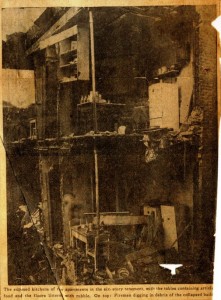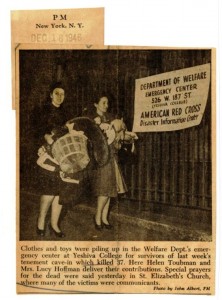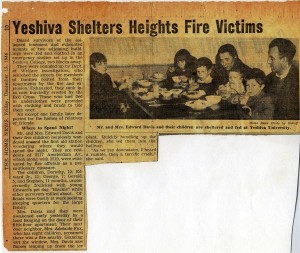Dec 16, 2016 By: rolen
 Note the refrigerators in the photograph. The advent of modern electric refrigeration is the primary factor in the end of the era of the large-scale ice business and the closing of the Knickerbocker ice plant.
Note the refrigerators in the photograph. The advent of modern electric refrigeration is the primary factor in the end of the era of the large-scale ice business and the closing of the Knickerbocker ice plant.



